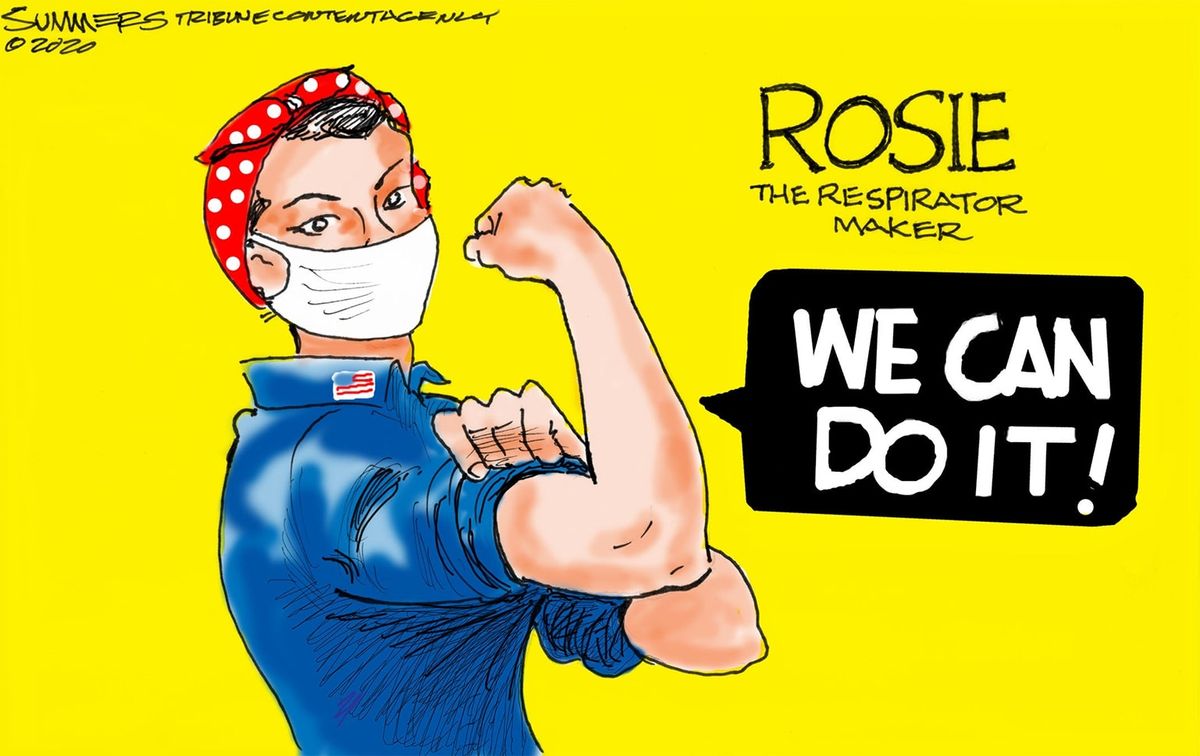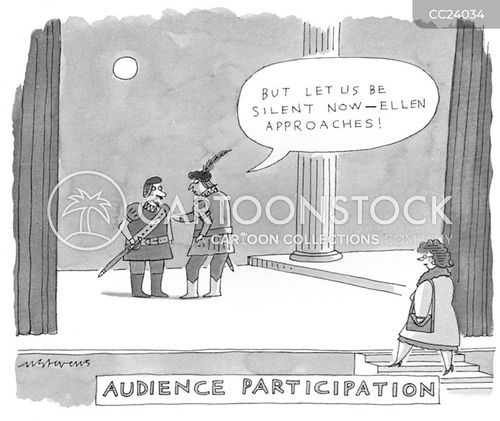An analysis of Rosie the Riveter in Communication.

*Editorial cartoon from the The Week*
This editorial cartoon relates to Chapter 6: Communication Research from Survey of Communication Studies, because it demonstrates the idea of the Fantasy Theme Criticism that refers to the “words or phrases that characterize the shared vision of a group.” Through a historical lens, Rosie the Riveter is monumental in representing the shared experiences of women during World War II, especially the slogan “We can do it.” Relating this slogan to communication, it motivates and mobilized (from the Chapter 8: Mass Communication) women during this time to take on professional roles that were traditionally taken on by men prior to the war.
From my own interpretation, I can also connect the figure Rosie the Riveter, and the experiences of women during World War II to narrative criticism, a method in communication research that focuses on “knowledge” through narratives such as historical stories. While I am not a woman, I think finding representation and being a representation for others is important (for both men and woman alike) to pushing yourself past social norms, or in this case, gender norms that might bind you to the expectations of others. As someone from a minority group, I think understanding social biases, seeing representation, and fighting against those norms for empowerment is important.





